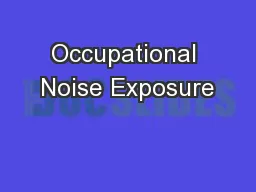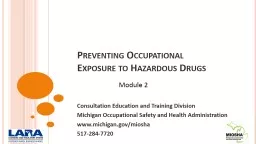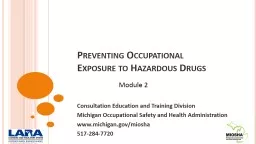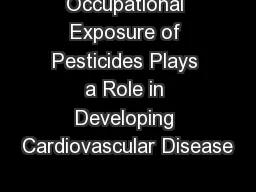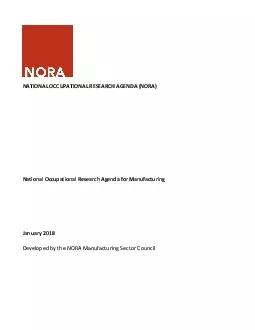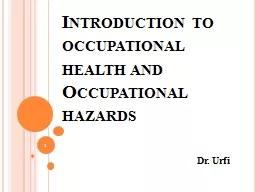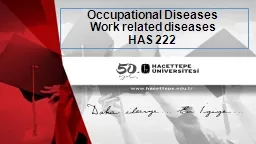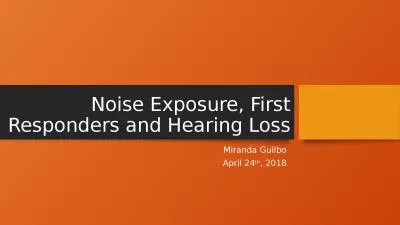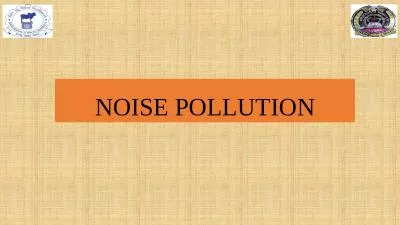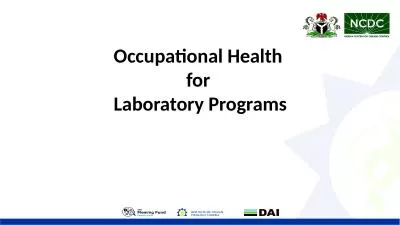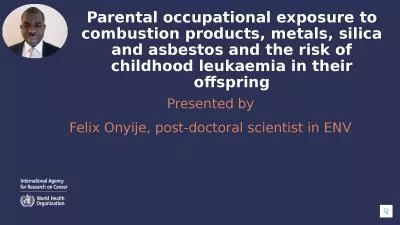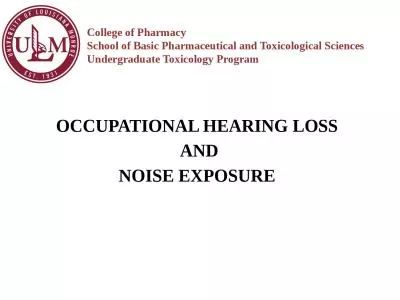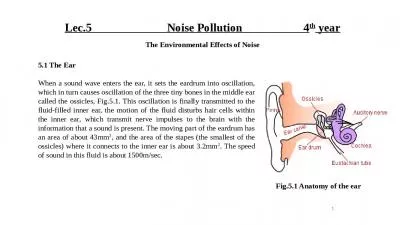PPT-Occupational Noise Exposure
Author : stefany-barnette | Published Date : 2018-10-24
29 CFR 191095 Presented by ETTA OSH Division 919 8072875 Objectives Distinguish between sound and noise Discuss types of hearing loss Become familiar with types
Presentation Embed Code
Download Presentation
Download Presentation The PPT/PDF document "Occupational Noise Exposure" is the property of its rightful owner. Permission is granted to download and print the materials on this website for personal, non-commercial use only, and to display it on your personal computer provided you do not modify the materials and that you retain all copyright notices contained in the materials. By downloading content from our website, you accept the terms of this agreement.
Occupational Noise Exposure: Transcript
Download Rules Of Document
"Occupational Noise Exposure"The content belongs to its owner. You may download and print it for personal use, without modification, and keep all copyright notices. By downloading, you agree to these terms.
Related Documents

